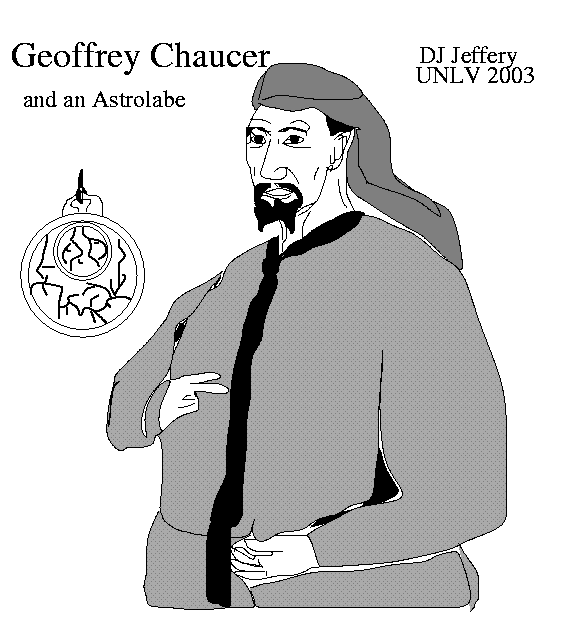
Shakespeare made quite a few astronomical allusions---``star-cross'd lovers'' etc.---but he doesn't really show any great understanding of technical astronomy or astrology. Omar Khayyam was certainly a significant mathematician and astronomer, but the poetry attributed to him was collected in later times and may not all or any of it be his. But Chaucer's credentials in astronomy are solid (No-233, 264, 640) if modest compared to his credentials in poetry. He wrote treatises of popular merit on the astrolabe and equatorium and he often worked astronomical allegories into his poems which often go right past the modern reader including modern astronomers. For example, the day of Chauntecleer's unfortunate episode with the fox is 1392 May 3, Friday as internal evidence shows (No-233, HH-400): Chaucer was using Friar Nicholas of Lynn's astronomical tables:
As it happens the Sun was passing through the Pleiades asterism (M45) (an actual physical cluster of stars) in Taurus on that day. In Medieval Europe, the Pleiades were often called the Seven Chickens: Chauntecleer and his wives are, among other things, allegorical to Sun and Pleiades (No-233).
References